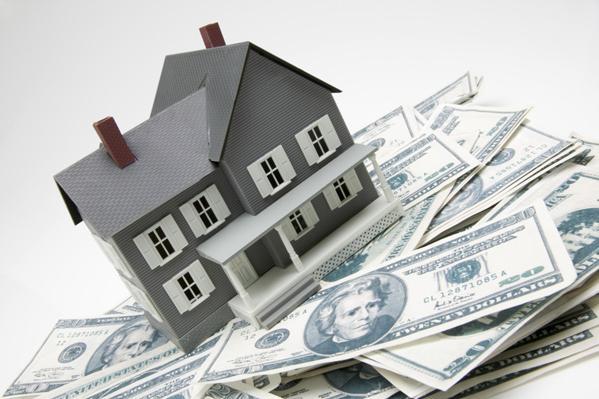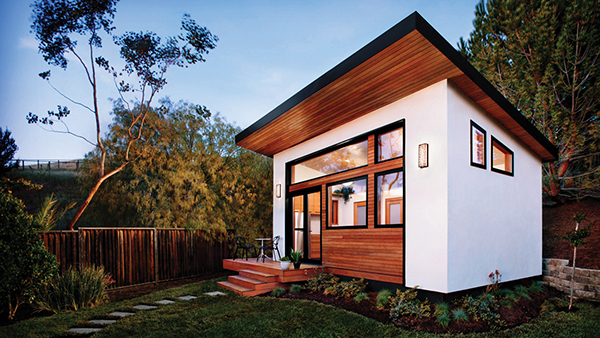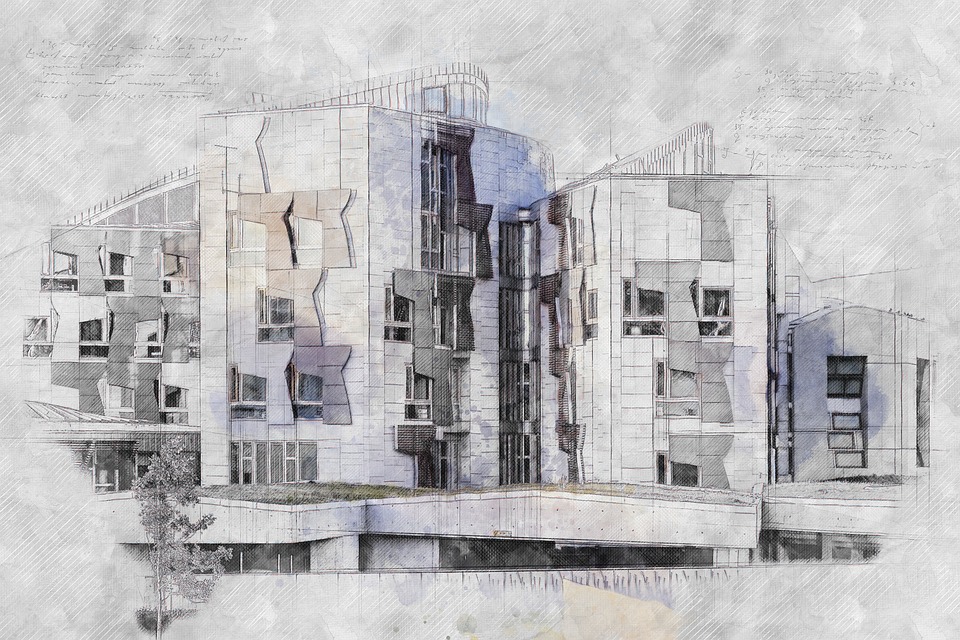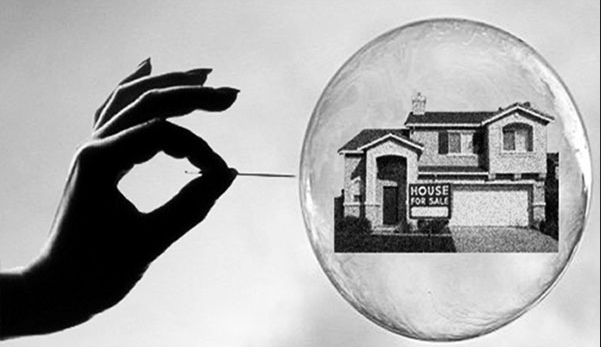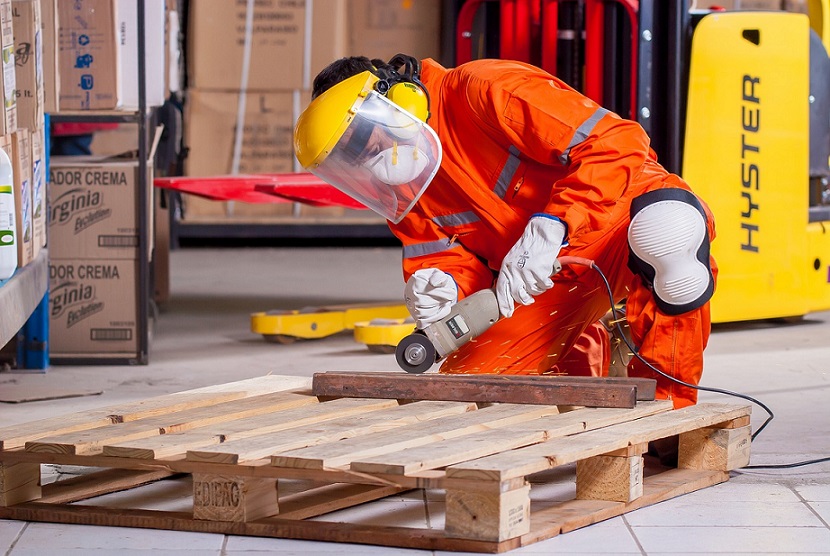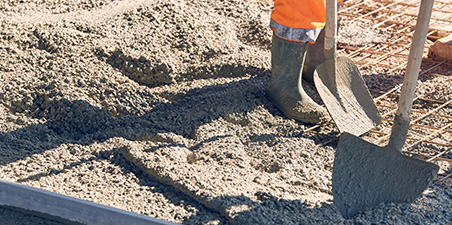Evolution of Building
Over time, man has used a variety of materials to create his living space, which paints a picture of our ongoing quest to make long-lasting structures that meet our changing needs. The evolution of architecture works to meet these challenges and handles the cultural perception of what those buildings should look like and how they should be used. But structurally, this asks an important question: What material is the best for building homes here in the Bay Area? What material will stand up to the next Silicon Valley earthquake? Santa Cruz Mountain fire? Here we evaluate different home building materials to declare a winner of the battle for best material!
WOOD
- PRO: It can be used as a primary material, as seen in log cabin construction or blended with other building materials and used as either a decorative element or support structure.
- PRO: Wood has an excellent strength to weight ratio and can be cut to length easily.
- PRO: Wood is lightweight and plentiful, plus the look and ‘feel’ of wood is a very popular aesthetic in the Bay Area.
- CON: Wood decays over time, and it's vulnerable to moisture damage like dry rot and predation by insects like termites.
- CON: Earthquake, fire, flood, and high wind can more easily take down a wooden structure.
BRICK
- PRO: Some like the visual appeal and aesthetics of brick walls. Experimentation led to the development of forms and molds to create uniform bricks that could be stacked easily for smooth walls with clean corners.
- PRO: Bricks are durable, weather resistant, fire resistant, easy to make and convenient to work with.
- CON: Brick is very vulnerable to earthquakes. In old brick buildings with no interior frame, an earthquake could quickly bring down the walls and the roof. In modern day buildings, the building is held in place by a steel frame, but some bricks may still fall in a quake.
- CON: Brick is not a good insulator, which means that cold air from the outside will transfer into the house. So brick houses will not perform as well in the northern CA climate unless the frame walls are insulated.
STONE
- PRO: Where there are resources available to excavate and cut it precisely, stone can be an extremely strong and useful natural material.
- PRO: Unlike brick, it can be stacked without mortar and support heavy vertical loads.
- PRO: Stone resists deforming, weathers the elements well, withstands fire and helps maintain stable interior environments.
- CON: Stone is challenging to quarry, and heavy to move, and it has tension and stress limitations.
- CON: If you do not build in close proximity to a quarry, the cost of transporting stone can be very high. The cost of any repairs/renovations to the building is above average as well.
CONCRETE
- PRO: Concrete is a versatile material that can be formed on the spot or poured into molds, hardened and then transported.
- PRO: Reinforced concrete is adaptable, extremely strong and resistant to Mother Nature’s fury. Reinforced concrete can be formed into many shapes with a supporting structure of narrow steel rods embedded in the concrete when it's poured. Rebar reinforcement makes concrete an ideal material for walls, beams, slabs, foundations, frames and many other applications- LIKE HOMES!
- PRO: Concrete is a cost effective building material. The use of metal rods and mesh, together with a relatively inexpensive concrete medium, make reinforced concrete a flexible, reliable and economical building choice.
- CON: Unless a coating of color or facing such as stucco is applied over it, concrete has an industrial look that might not be appealing for some home builders.
- CON: Remodeling or renovating is not as easy as in a wood frame home unless it is accounted for during the design phase of the building.
And the winner is... CONCRETE!
#1 Choice in Meterial for Bay Area Home Building
With all of this information in mind, Concrete Shells made the easy decision to give this award to Concrete. As a home building material, it is readily available to use, cost efficient, and creates homes that are mother nature resistant, energy efficient and quiet. This is why a Sollars Shell is built out of concrete and not one of the other materials listed. The benefits of concrete allow a Concrete Shells to have a permanence that is not possible in another style of home. A Concrete Shells will not decay and will look great for decades with only minor maintenance, all thanks to concrete.

